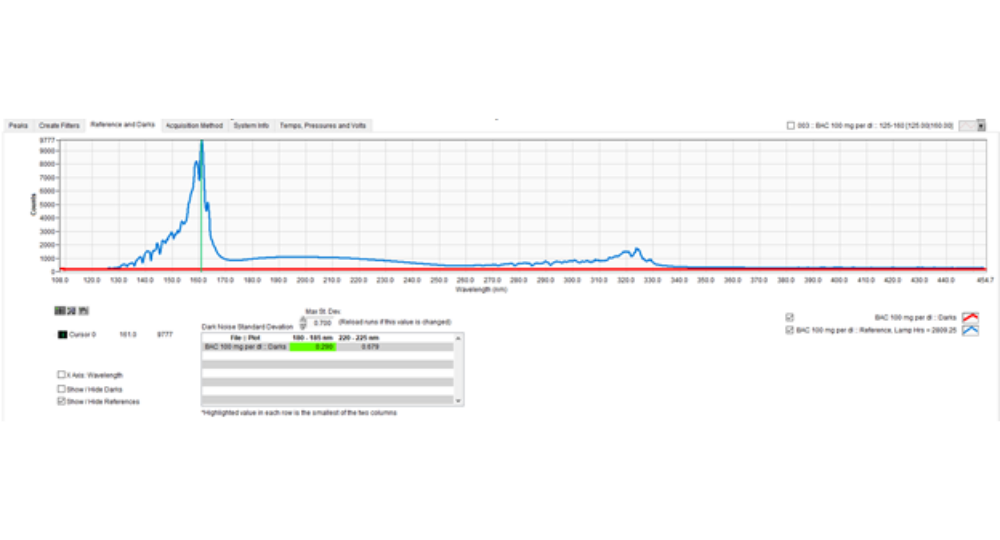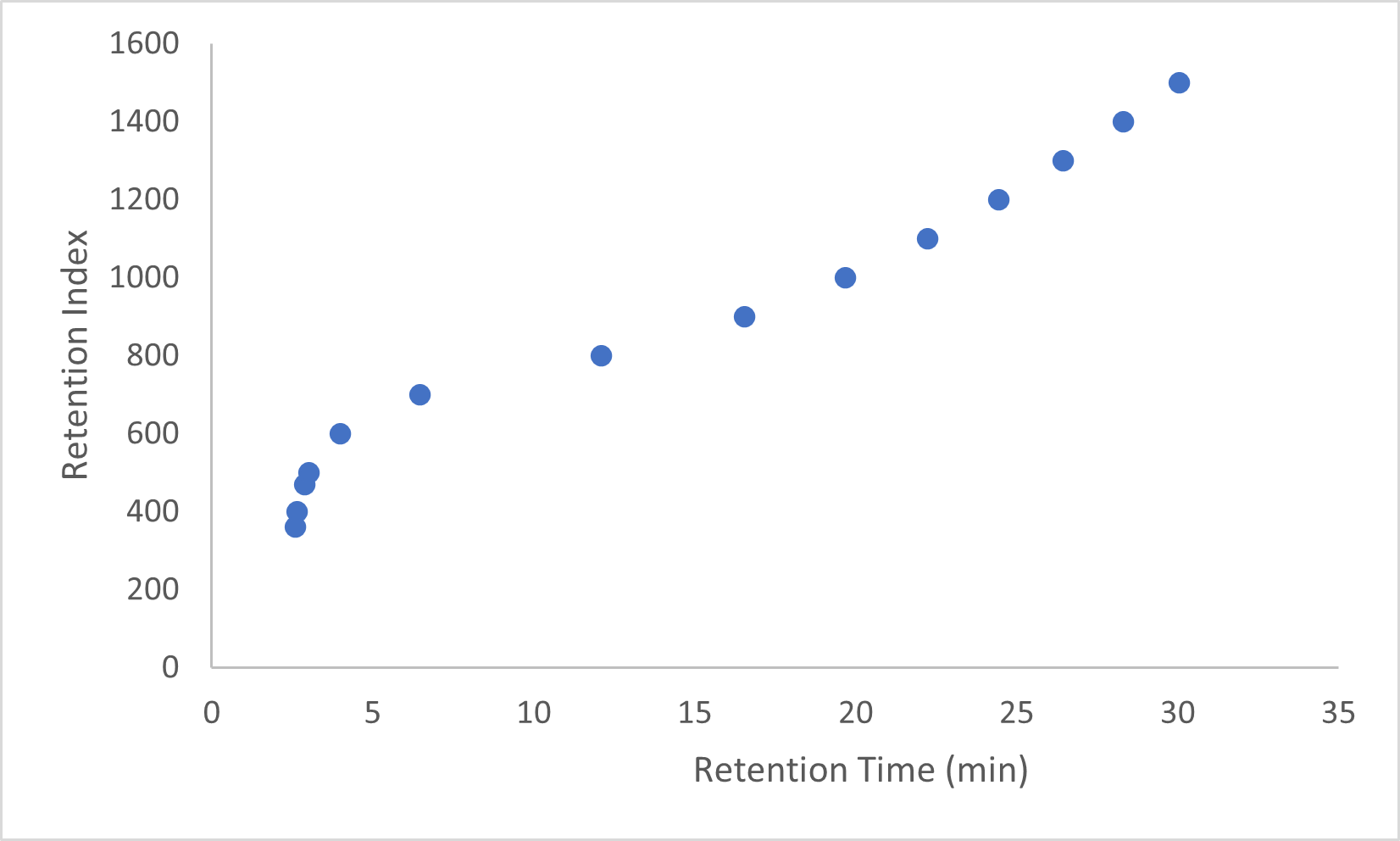Published Jack Cochran on July 12, 2018
Versatility with GC-VUV
In a whirlwind of recent laboratory activity, not bad for an old man like me, I showed how GC-VUV could be used for analysis of water in gasoline, water in solvents (including problematic ketones), water and volatile hydrocarbons in triethylene glycol (TEG), water and formaldehyde in triethylene glycol, hydrocarbons in diglycolamine, and mixed solvents (including a faster method). Hopefully I made it clear, that in addition to only using one powerful spectral detector, our own VGA-100, I used one GC column for all that work, a 60m x 0.32mm x 1.0µm Rtx-1.
Here are the features and benefits of that GC-VUV system:
- High sample loadability using the 0.32mm x 1.0µm GC column. Tolerates wide range of analyte concentrations, including for more polar compounds that can easily overload narrow-bore thin-film columns (e.g., 0.25mm x 0.25µm). No need to dilute samples to avoid overload.
- Thicker film gives better peak shapes for more polar compounds, which can tail or be completely lost due to adsorption effects on narrow-bore thin-film columns. Increases analyte list.
- Non-polar 100% dimethylpolysiloxane GC stationary phase elutes water first, for interference-free analysis in a wide variety of matrices.
- Wide-bore column permits higher GC flow rates to speed analysis time and increase sample throughput.
- High temperature maximum (340°C) of GC column allows complete elution of less volatile compounds to extend analysis range and avoid carryover.
- The VUV detector tolerates a wide analyte concentration range, even if spectra are partially saturated, which allows accurate qualitative and quantitative work.
- The VUV detector spectrally deconvolves coeluting analytes, even isomers, which mass spectrometry cannot do, especially for smaller molecules. GC column changes are not needed to resolve analytes of interest.
- The power of VUV spectral deconvolution allows chromatographic compression to decrease runtimes and increase sample throughput.
- The VUV detector tolerates high GC carrier flow rates, unlike mass spectrometers, which allows more GC column inside-diameter choices.
- Water is detected! And has a unique VUV absorbance spectrum. Water not detected using FID or MS.
- Formaldehyde is detected! And has a very unique VUV absorbance spectrum. Formaldehyde not detected using FID or MS.
——————————————————————————————————–
I know some of you are thinking that “versatility” might be a synonym for “lazy” when it comes to Jack in the lab, but why change columns and detectors when you can use one GC-VUV system? That just sounds “smart” to me…










Leave a Reply